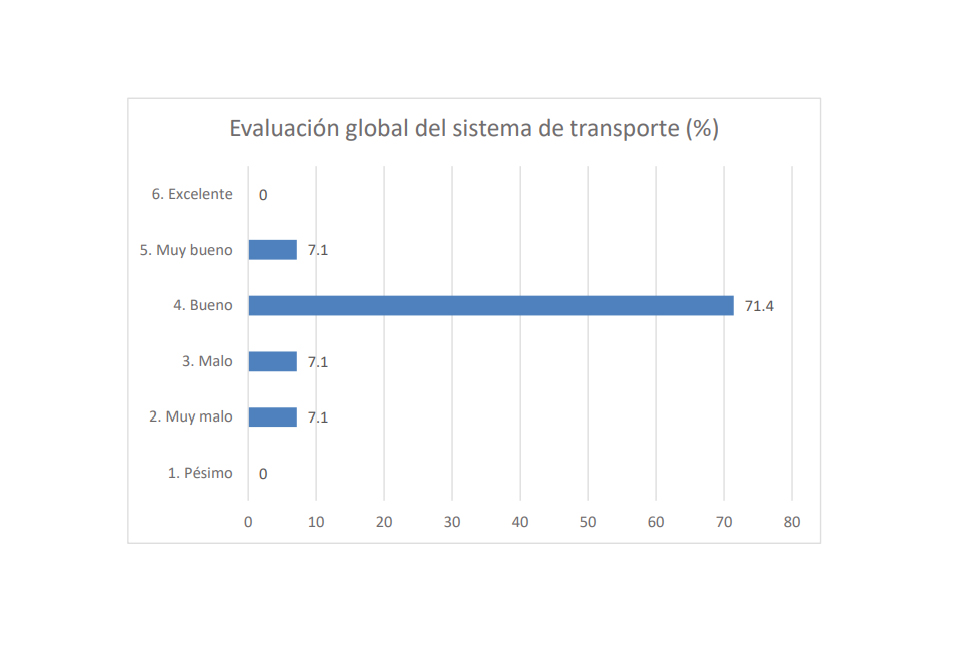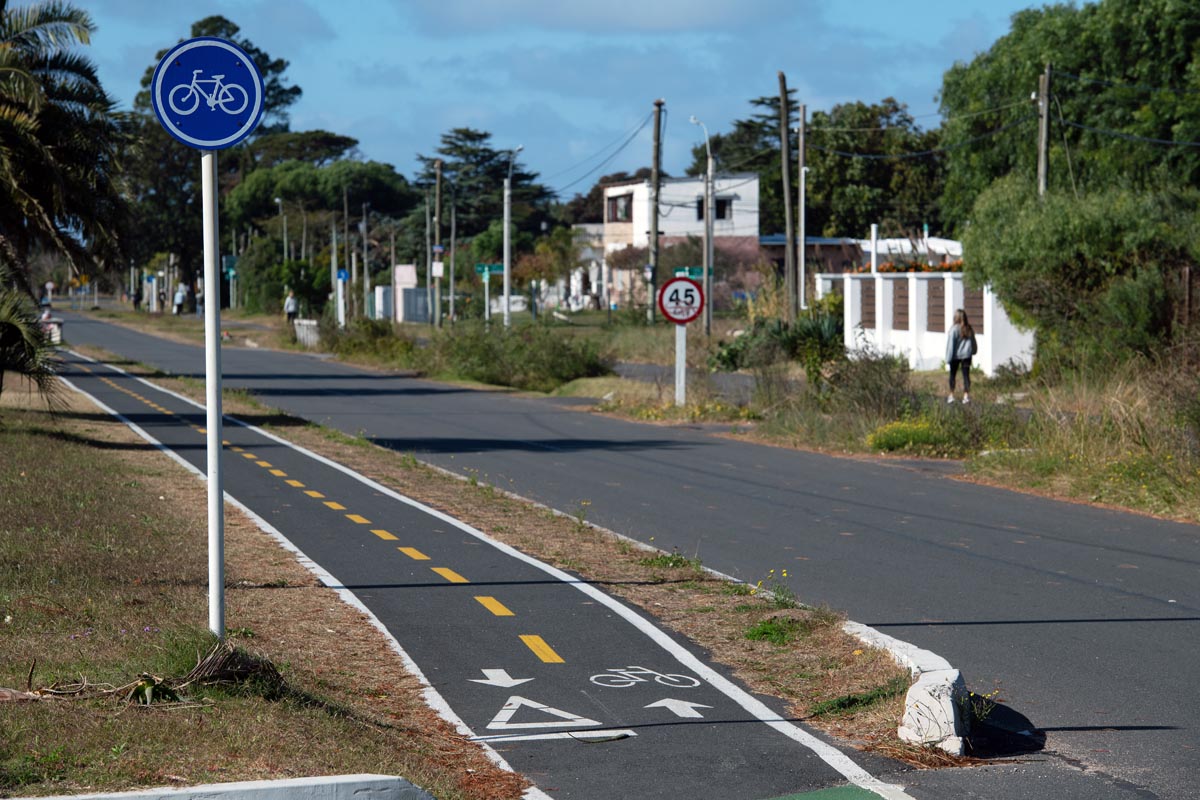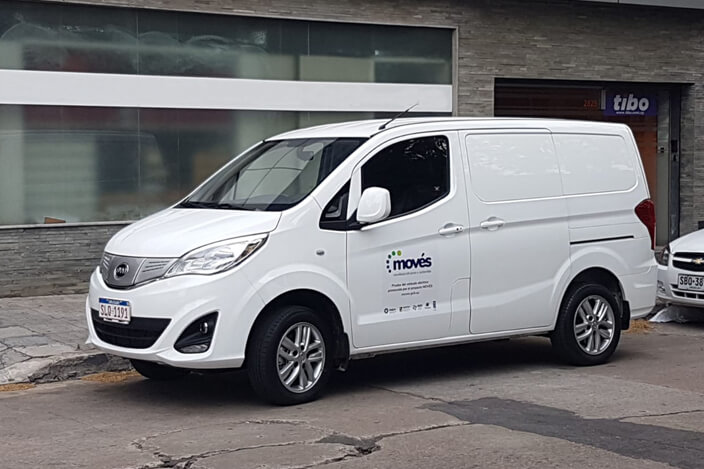What is this study about?
The aim of the study was to develop a system of indicators on the quality of public transport in the metropolitan area of Montevideo, Canelones and San José. These KPIs (Key Performance Indicator) represent a way to advance through an improved diagnosis of the system in question, providing valuable information for the planning and management of public transport.
How is the consultancy implemented?
The indicators were constructed through the application of the Delphi technique, which integrates various systematic processes based on interaction of a group of experts. It is used for the collection and co-creation of information and metrics to be adopted. This methodology involved the search for a consensus of a group of experts through different stages.
The participants belong to four groups that contributed complementary views on the system: a) government representatives, b) responsible for transport operators, c) academic persons and research profiles, d) people from civil society organizations.
The work stages involved four phases: 1-initial survey to determine the relevant dimensions according to the perception of the experts, 2-in-depth interviews based on the dimensions identified, 3-co-creation workshops with stakeholders and, 4-a validation workshop where the final KPIs for each dimension were presented, to check the consensus in the application of the indicators from a telematic and anonymized vote.
Main conclusions
There is a well-integrated public transport system with good geographic coverage, although uneven in some areas, which requires targeted interventions to improve its performance. Fare integration, as well as targeted subsidies and bonuses for frequent trips show the system’s efforts for inclusiveness, without sacrificing economic sustainability.
The “funnel” characteristic of the Montevideo transport network determines a clear main centrality and a greater dispersion of the urban fabric as it moves away from the center. This is favored by the incentive that companies find with the remuneration per ticket scheme.


Issues related to the time variable and comfort during peak hours variable require priority action.
When talking about accessibility and universality, the low floor emerges as the main aspect : it not only facilitates the entry of people with physical disabilities but also of people with baby carriages, people with children, elderly people and users in general. For the latter, the low floor is also valued by operators, who see it as a way to speed up the load of users and improve times.
However, it is also pointed out that the low floor could reach its greatest potential if it is accompanied by leveled sidewalks at bus stops and incorporating other accessibility elements. The redesign of the distances between bus stops could be carried out if a BRT (Bus Rapid Transit) format was implemented in the main corridors or, in the absence of BRT, at least in the busiest sections.
With regard to the promotion of active (cycling and pedestrian) mobility, the adaptation of the conditions that the city offers to move by bicycle is the one that appears to have the greatest deficiencies. Most of the people surveyed focused on the importance of continuing to build spaces where bicycles can circulate without difficulty: areas with calmed traffic, bicycle lanes and bike paths and in which these are not invaded.
On the other hand, gender aspects, which have the capacity to improve the quality of life of women and the system in general, do not appear as a priority in the transport sector. They are not mentioned spontaneously and in the evaluation they are assigned a value in the middle of the chart. This issue has room to move forward, either through the incorporation of gender policies to increase the presence of women in the transport world of work, addressing their specific mobility needs that often do not conform to the “commuting” model, or creating protocols and response mechanisms against harassment in public transport.





